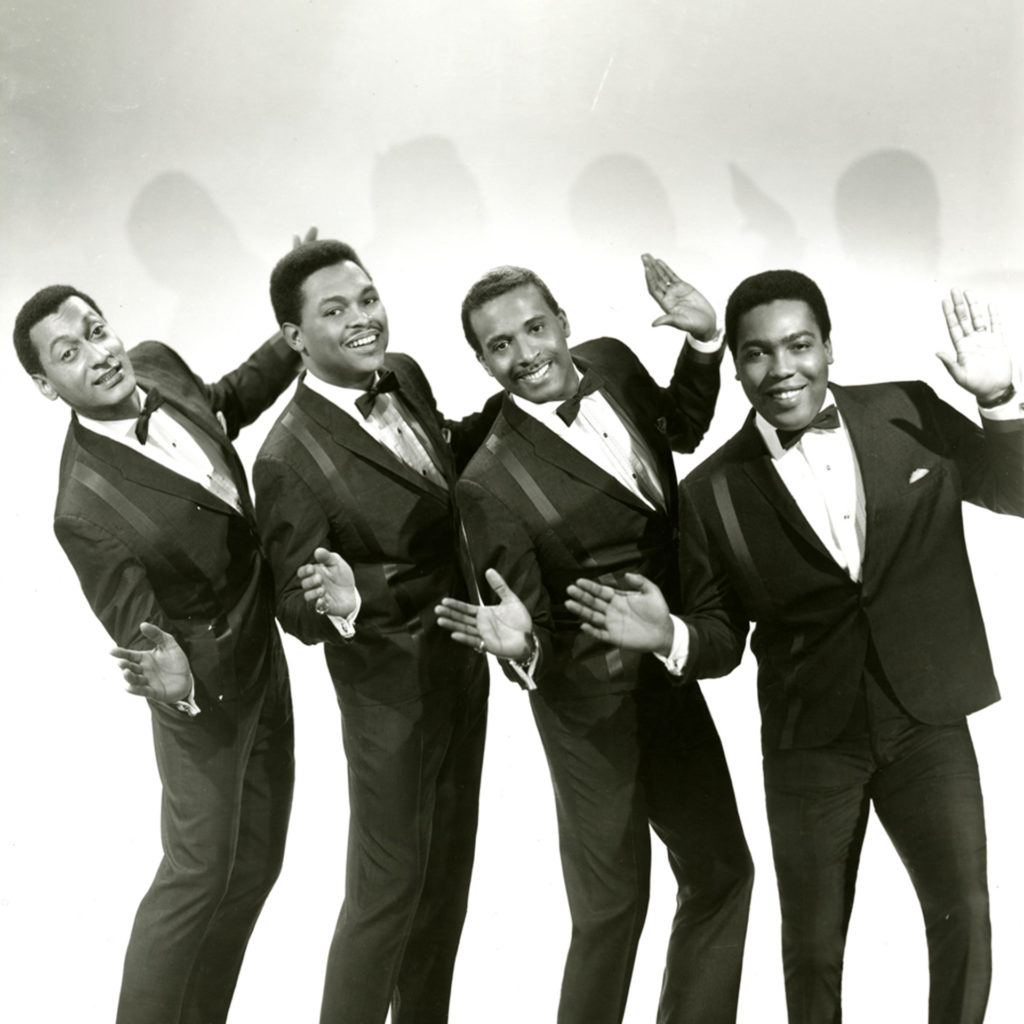“Baby I Need Your Loving” stands as one of the finest achievements in the Four Tops’ long and influential career. This classic piece of music originates from their self-titled debut album Four Tops, released in 1964 under the legendary Motown label. This album marked a defining moment for both the group and Motown, catapulting the Four Tops into the realm of soul and pop giants of the 1960s.
Produced by the iconic songwriting and production team Holland–Dozier–Holland, Four Tops was a groundbreaking album that helped solidify the unmistakable Motown sound. Seamlessly blending rhythm and blues, pop, and soul, “Baby I Need Your Loving” emerged as the album’s standout single. The song quickly ascended the Billboard Hot 100, peaking at No. 11, and has since remained a beloved classic etched in the annals of 1960s music history.
More than just a polished product of Motown’s famed assembly line, the album is a showcase for the distinct vocal stylings of lead singer Levi Stubbs, whose emotional delivery elevated every lyric to soaring new heights. Supported by Abdul “Duke” Fakir, Renaldo “Obie” Benson, and Lawrence Payton, the Four Tops delivered harmonies that were rich, textured, and deeply moving.
From the very first note of “Baby I Need Your Loving,” listeners are enveloped in a lush tapestry of sound crafted by the legendary session musicians, The Funk Brothers. The song opens with a smooth blend of guitar and piano, creating a gentle but powerful emotional tone. The guitar provides a rhythmic backbone with subtle melodic flourishes while the piano adds a melodic layer that drives the song’s tender atmosphere without overshadowing Levi Stubbs’ impassioned vocals.
Adding to this mastery are the soft brass instruments and the rhythmic bassline, likely played by the incomparable James Jamerson, which offers a warm, melodic counterpoint deepening the emotional resonance. The percussion remains clean and understated, with gentle drums keeping a steady beat that lets the vocals and instruments shine. The subtle inclusion of string instruments adds a heightened sophistication rarely seen in pop songs of that era, wrapping the music in an elegance that connects directly to the heart.
The organic yet polished sound, where every instrument works in perfect harmony, supports the remarkable vocal performance without drawing undue attention to itself. This cohesion is a key reason why “Baby I Need Your Loving” continues to captivate audiences decades later.
No article about this masterpiece would be complete without casting a spotlight on Levi Stubbs’ extraordinary vocal performance. Unlike many singers of the era, Stubbs sang with raw, desperate passion that makes every listener believe the song’s heartfelt words. His voice even cracks at times, adding to the raw authenticity and emotional depth. The backing vocals complement him perfectly, creating a lush yet restrained harmony that only amplifies Stubbs’ lead.
This emotional directness sets the song apart from its contemporaries, and it continues to enchant new generations.
The production quality is truly impeccable considering the era. Holland–Dozier–Holland knew how to frame a song to maximize its emotional power using a classic verse-chorus-verse structure with dynamic shifts that keep the listener hooked. The natural, earned build toward the chorus makes the climaxes truly impactful. The mixing is a marvel where every element—from voice to instruments—is crystal clear, coming together in a warm, cohesive sound that emotionally envelops the listener.
For those craving more, similar timeless gems from that golden era include The Temptations’ “My Girl,” Smokey Robinson & The Miracles’ “Ooo Baby Baby,” Marvin Gaye’s “How Sweet It Is (To Be Loved by You),” Diana Ross & The Supremes’ “Where Did Our Love Go,” and Otis Redding’s “These Arms of Mine.” Each shares thematic and musical brilliance with “Baby I Need Your Loving,” offering deeper insight into mid-1960s soul and pop greatness.
More than fifty years on, “Baby I Need Your Loving” remains a shining example of musical craftsmanship—a piece that speaks directly to the soul. From Levi Stubbs’ heartfelt vocals to the intricate guitar and piano layers, every element reflects the passion and artistry that defined the iconic Motown era. This song is not only an emotional experience but a piece of history and a timeless treasure that continues to inspire both listeners and musicians throughout the decades.
